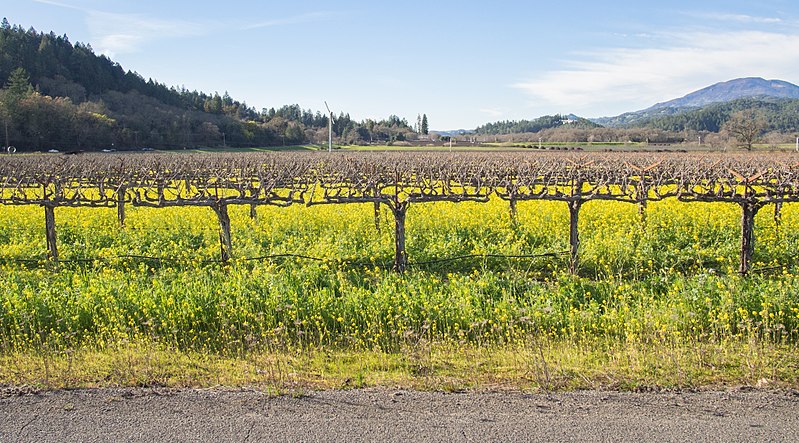This was originally published on October 29th, 2010.
CCA 201040004
One of the greatest sources of tax controversy is whether something is depreciable (in the case of intangible assets we say amortizable.) Land is one of the primary examples of non-depreciable property. So if someone comes up with a way to write off even some of the cost of land it is worth paying attention to. Land is by it’s nature non-fungible, but frankly some land is more non-fungible than other land. At the most extreme end of this non-fungibility is land that you grow grapes on to make wine.
It so happens that my favorite beverage is Mountain Dew. The various chemicals that go into making it can come from just about anywhere and they probably do. It doesn’t work that way with wine. There is something called the Napa Declaration on Place. It is a bunch of “Whereas’s” like :
Whereas, it is generally acknowledged that there are a handful of truly extraordinary places on earth from which great wine is consistently produced.
finishing up with :
Therefore, be it resolved that we, as some of the world’s leading wine regions, join together in supporting efforts to maintain and protect the integrity of these place names, which are fundamental tools for consumer identification of great winegrowing regions and the wines they produce.
I was kind of vaguely aware of this, but I always thought it had to do with that weird country where they eat snails and think Jerry Lewis was a good actor. It turns out that the same thing goes on in the United States. A geographic region can be designated an American viticultural area (AVA), by the Alcohol and Tobacco Tax and Trade Bureau (“TTB”) of the United States Department of the Treasury. Once that happens you can’t put that place name on the wine bottle label unless 85% of the grapes come from that region.
The Chief Counsel has determined that the designation is a “license, permit, or other right granted by governmental unit and isn’t interest in land”. This makes it an intangible asset covered by Section 197, which means it can be amortized over 15 years. This is a taxpayer-friendly ruling, so I am inclined to like it, but it is really a little challenging to wrap my head around. You buy some land in Napa Valley or Mendocino or, I kid you not, Long Island (Check the list)on which grapes grow and you get to allocate some of the cost to the right to stamp Long Island on the label and write that portion off over 15 years.
The Chief Counsel noted a problem with the ruling:
We have concerns about how a taxpayer would value the right to use an AVA designation. It is unclear whether the value of the right to use an AVA designation attaches to an acquisition of a particular vineyard within an AVA. The benefit in value from the right to use an AVA designation accrues to all land whose highest and best use is as a vineyard within such designated viticultural area. Consequently, all of the closest comparable vineyards share the same intangible benefit thereby making an appraiser’s determination of the increment of value assigned to the intangible benefit and finding comparable vineyards outside of the particular AVA factually difficult.
My study of labels is limited to making sure that I don’t make the mistake of buying Diet Mountain Dew, a wretched tasting concoction often hazardously located adjacent to the good stuff. I would hazard a guess though that stamping Southeastern New England on your wine bottles is not going to make them fly off the shelves and that there are probably very few AVA designations that have any value.
Nonetheless the concept is very interesting. There have been discussions about whether the names of landmark buildings might be separate intangible assets. Do the owners of the Empire State Building get royalties on all the little chachkies that are shaped like their building ? That would seem to have the makings of a 197 intangible.































































































